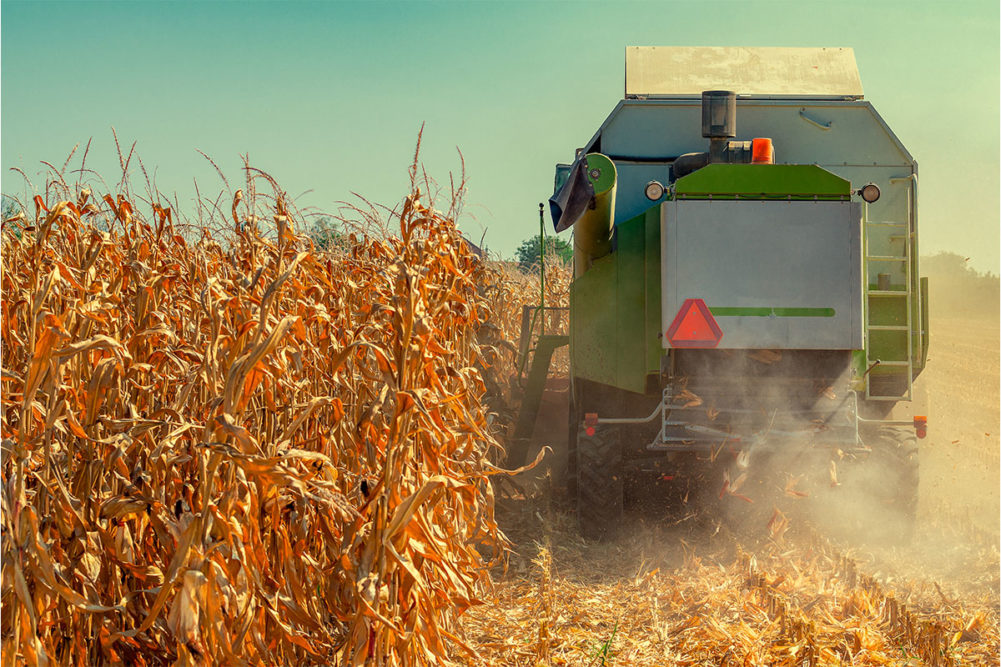KANSAS CITY — Farm issues were absent, once again, in this year’s State of the Union address delivered March 7 in what has been touted as the unofficial launch of the 2024 presidential campaign. Present in the address, unfortunately, was a highly distorted characterization of food price inflation, a topic likely to reappear in this year’s campaigning.
 Josh Sosland, editor of Milling & Baking News.
Josh Sosland, editor of Milling & Baking News.
Source: Sosland Publishing Co.
There was a time agricultural issues regularly held center stage in State of the Union addresses. That this no longer is the case reflects transformational societal changes. A century ago, around the time this journal was launched, farms accounted for 25% of US employment, a figure that was only 1.2% in 2022. While agricultural output has climbed steadily over the past century, the share of gross domestic product accounted for by farming has decreased steadily — from 13% in 1920 to 6.5% just after World War II, 2% in the mid-1980s and less than 1% in the early 2020s.
Even if farming represents only a blip for the US economy, the figure becomes more significant — about 5.5% — when the food, restaurant and textile sectors are considered. While food spending as a percentage of disposable income remains well below the norm of the 1900s, a recent spike in the figure attracted considerable media attention. Consumers spent 11.3% of their disposable income on food in 2022, according to US Department of Agriculture data, a figure in line with the 1980s, and up from just over 9% in 2020.
A jump in spending on food away from home, to record highs, accounted for most of the increase. While up over the last two years, spending on food at home was in line with averages from the 2010s. Still, grocery prices have risen sharply at times since the COVID-19 pandemic, attracting the president’s attention in his address. As his opponents have laid the blame for higher food prices on the Biden administration, the president found his own scapegoat — food companies. In his remarks, he promoted the Shrinkflation Prevention Act of 2024 proposed earlier this year by Senator Bob Casey of Pennsylvania:
“Too many corporations raise prices to pad their profits, charging more and more for less and less. That’s why we’re cracking down on corporations that engage in price gouging and deceptive pricing, from food to health care to housing. In fact, the snack companies think you won’t notice if they change the size of the bag and put a hell of a lot fewer — same — same size bag — put fewer chips in it. No, I’m not joking. It’s called ‘shrink-flation.’ Pass Bobby Casey’s bill and stop this. I really mean it. You probably all saw that commercial on Snickers bars. And you get — you get charged the same amount, and you got about, I don’t know, 10% fewer Snickers in it.”
In many food categories, consumers have responded to higher prices by trading down to lower-price brands, private label or by shopping in channels where more attractive deals may be found, including dollar stores and club stores. Offering smaller package sizes was one of many ways food companies sought to retain customers in the face of higher costs while attempting to preserve profit margins. Fewer such options exist in the snack and confectionery categories.
What has been overwhelmingly missing in this dynamic environment has been the “padding of profits” alleged by President Biden and Senator Casey. A review of the 2023 stock market performance of consumer packaged foods companies looks more akin to a train wreck than evidence of price gouging and profit mongering. Financial results for 2023 issued by food companies affirm the lack of substance in the president’s allegations. The food sector has done an admirable job of keeping food prices under control while trying to keep their businesses healthy. Still, the State of the Union address serves as a reminder pricing actions have been and will continue to be subject to intense scrutiny.






